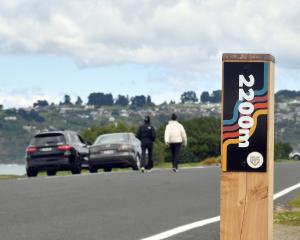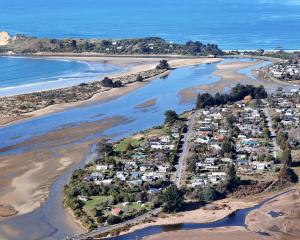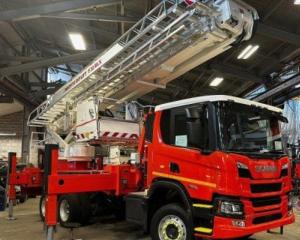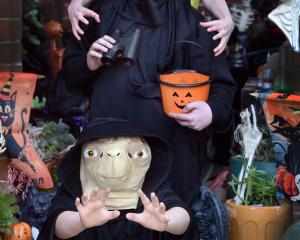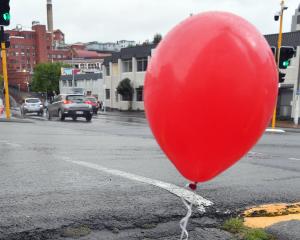
Te Rūnanga o Ōtākou chairwoman Nadia Wesley-Smith said they had applied for funding from the Ministry of Business, Innovation and Employment (MBIE) He aka ka toro fund to determine the source of nitrate in the Ōtākou groundwater and then find mitigation measures to address contamination issues.
Nitrate is a naturally occurring form of nitrogen, but it has long been recognised that high levels in drinking water can be harmful to health.
There was growing evidence which connects additional health risks at much lower levels than the levels of nitrate permitted by the present drinking water standards, she said.
An investigation of the water supply in 2022 found the maximum acceptable value (MAV) for nitrate-nitrogen was 11.3mg per litre, and had been high since at least 2017.
"It has been distressing for us to know that our water source is contaminated and yet our young people, pregnant women, manuhiri and elderly whānau have no alternative source of wai."
Like many communities across New Zealand, the Ōtākou rūnaka operated a private drinking water supply that served the local marae, she said.
"The rūnaka is responsible for ensuring the supply meets hapū aspirations while also meeting national drinking water regulations.
"When we were made aware of the high nitrate levels in our water supply, we were determined to do all that we could to address the issue, to uplift Te Mana o te Wai, and to support our vulnerable whānau.
"We intend to achieve this by developing a model that can be used, not just in Ōtākou but across the country, to understand the sources of contamination and then build methodologies to protect our wai.
"We hope to craft sustainable solutions to nitrate contamination."
Ms Wesley-Smith said there was a significant gap in the literature on community knowledge and groundwater science, and she believed the project would contribute "useful and innovative" research.
"The model's wider applicability will extend the potential benefits to whānau across the motu facing similar issues, and promote sustainable water management practices for Māori."
The project will be led by Te Rūnanga o Ōtākou, with programme support provided by ESR and Te Kura Taka Pini — a Māori organisation focused on achieving better water health in the South Island.

